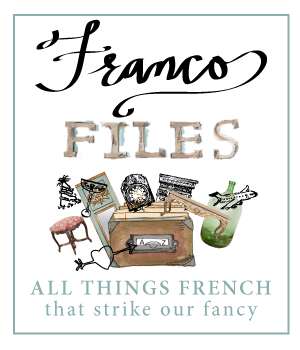
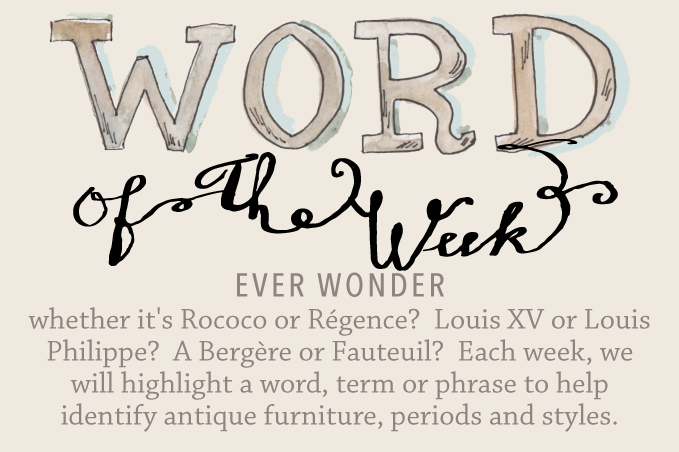

Goat-like leaps: the cabriole leg takes its name from the capering motion of a goat. Illustration from Meyers’ Konversations Lexikon, 5th edition, 1897 (Bibliographisches Institut Leipzig, Germany).
Leaping Legs
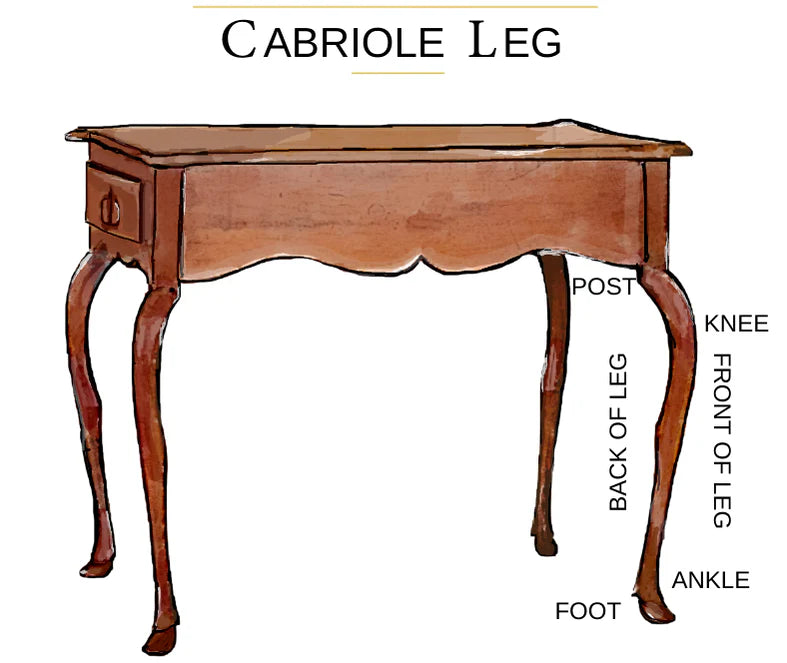
A Feat of Feet
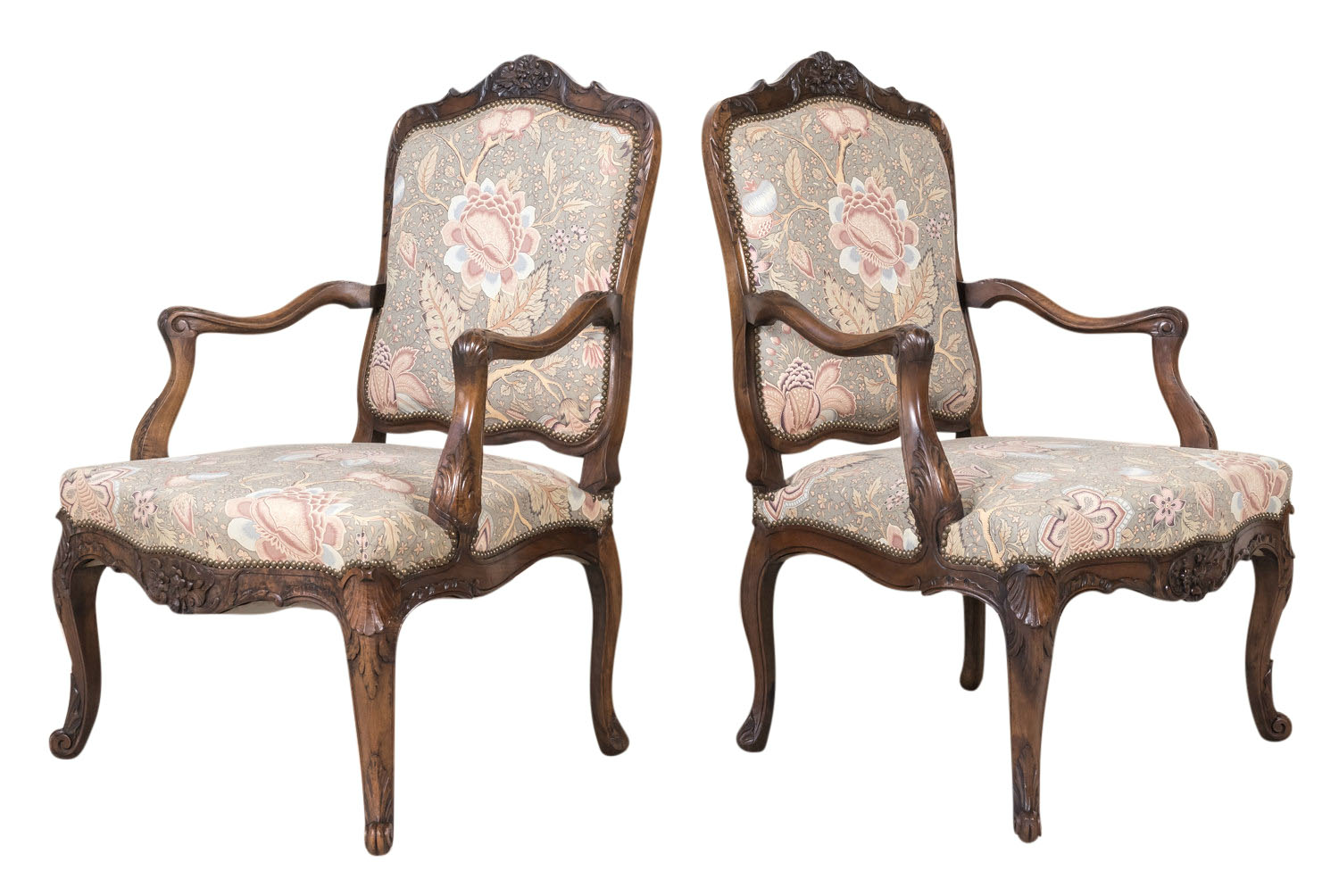
Fine Pair of 18th Century French Louis XV Period Carved Walnut Fauteuils / Item #LOP464 / Lolo French Antiques et More
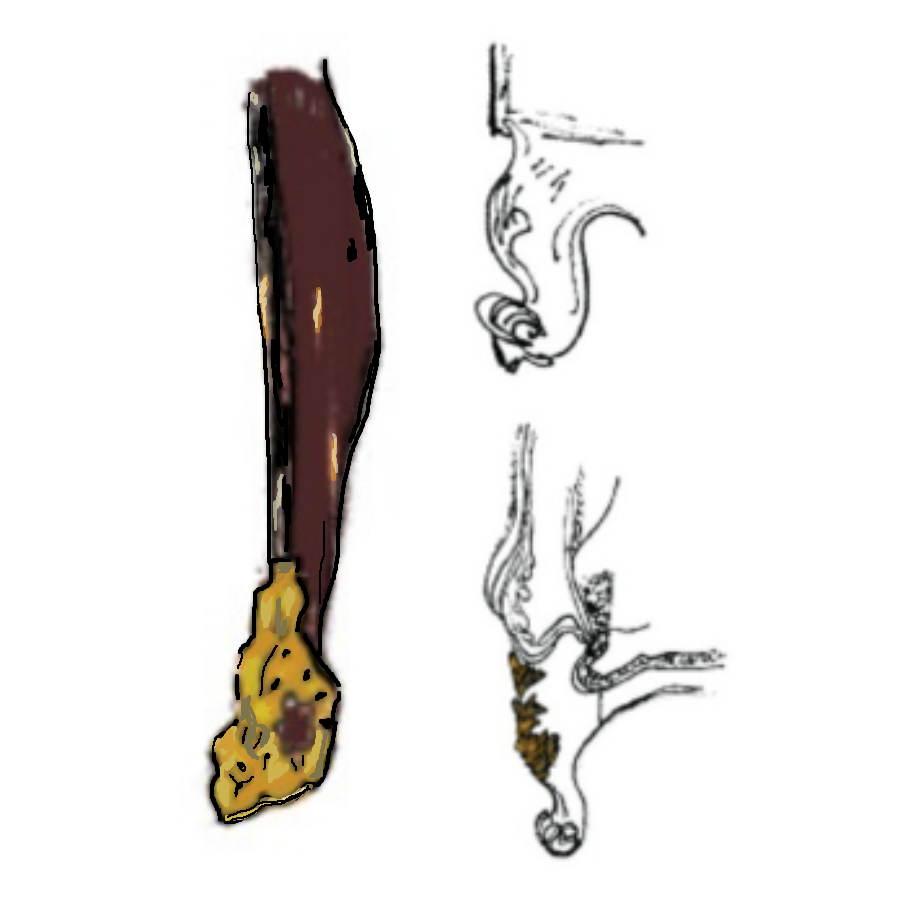
En pointe: cabriole legs waltz the night away with gilt sabots and escargots.
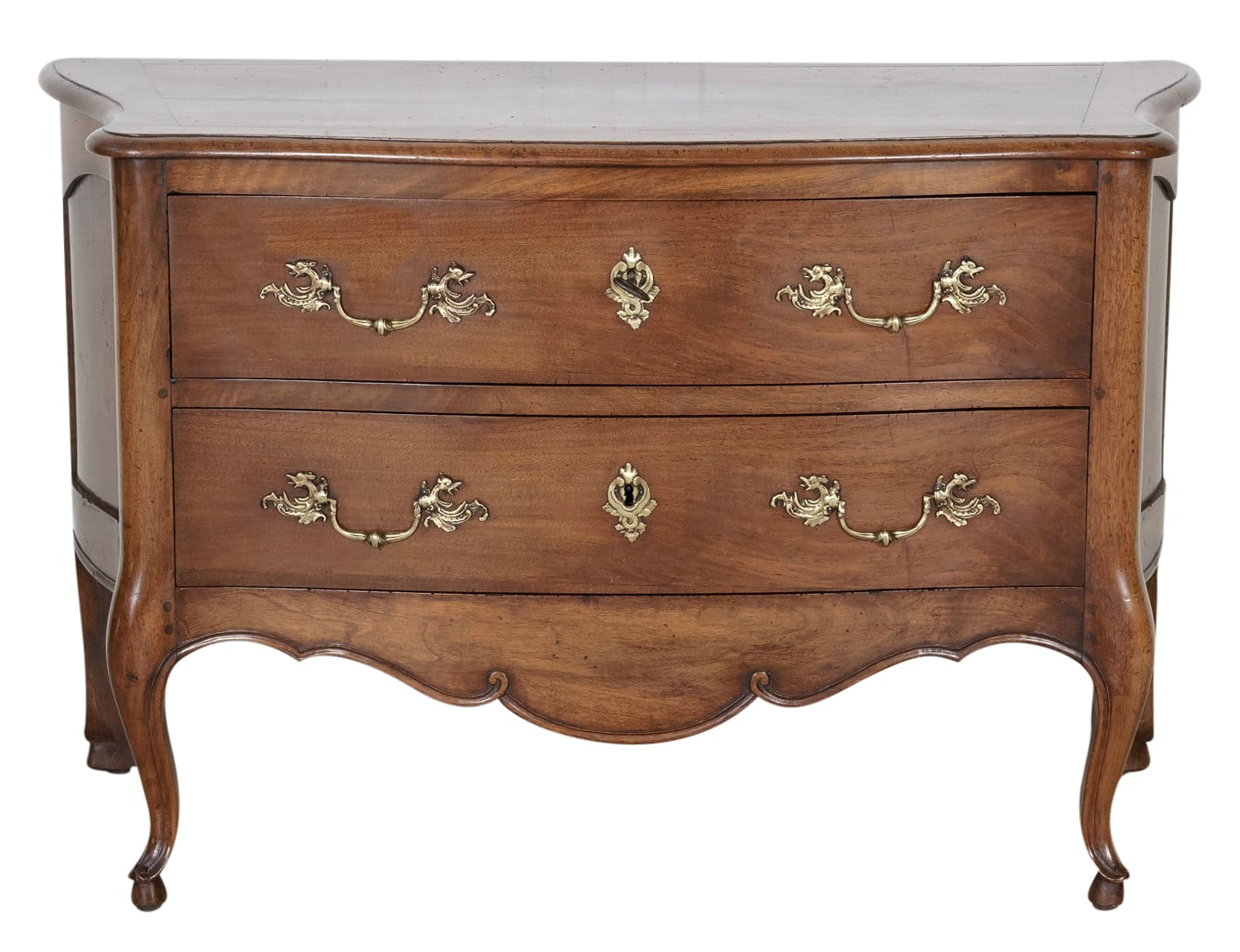
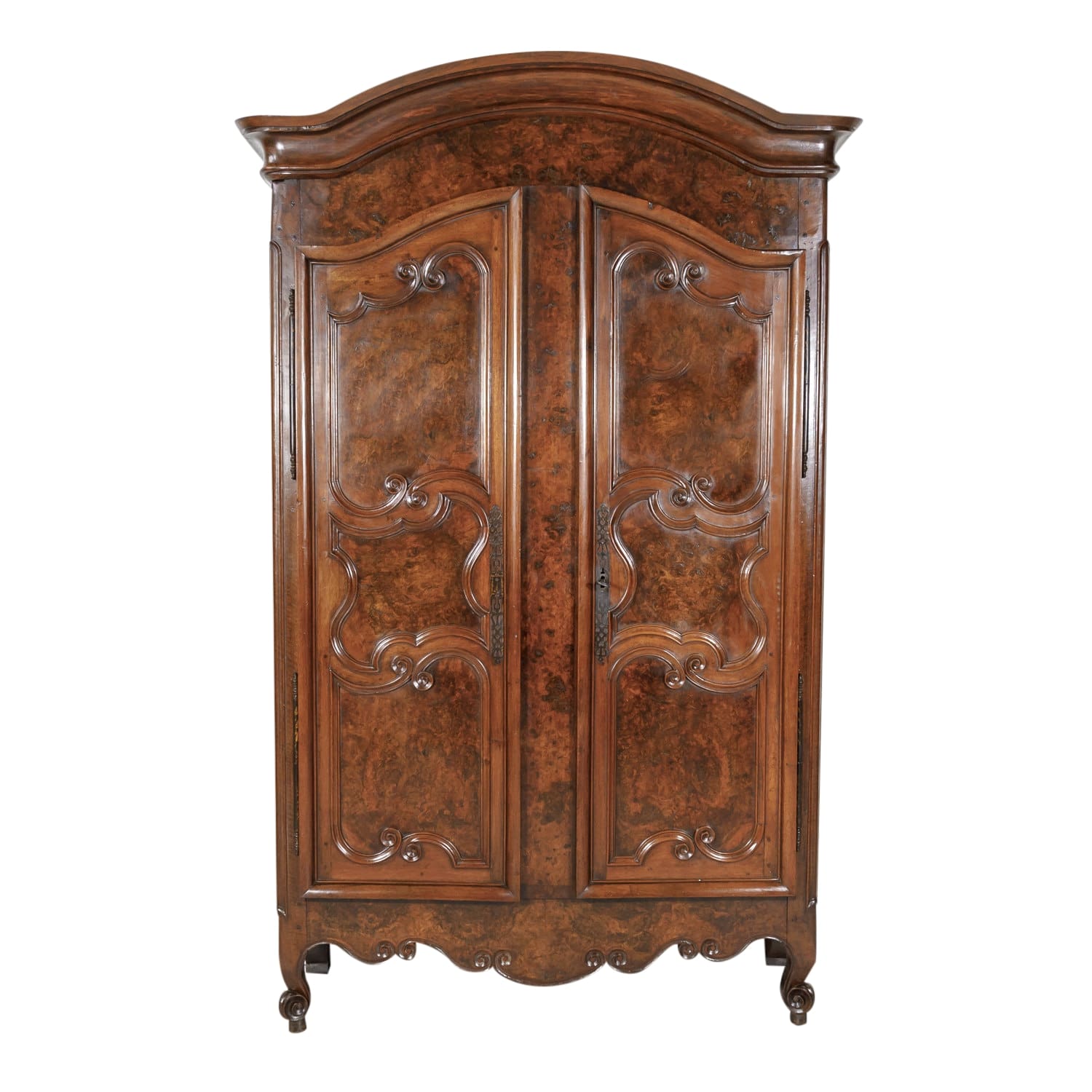
18th Century French Louis XV Period Bressan Armoire / Item #LO90 / Lolo French Antiques et More
Still Swooning After All These Years

Browse the Full Series
See all Word of the Week posts →
See all Word of the Week posts →

Browse the Full Series
See all Double Vision posts →
See all Double Vision posts →






